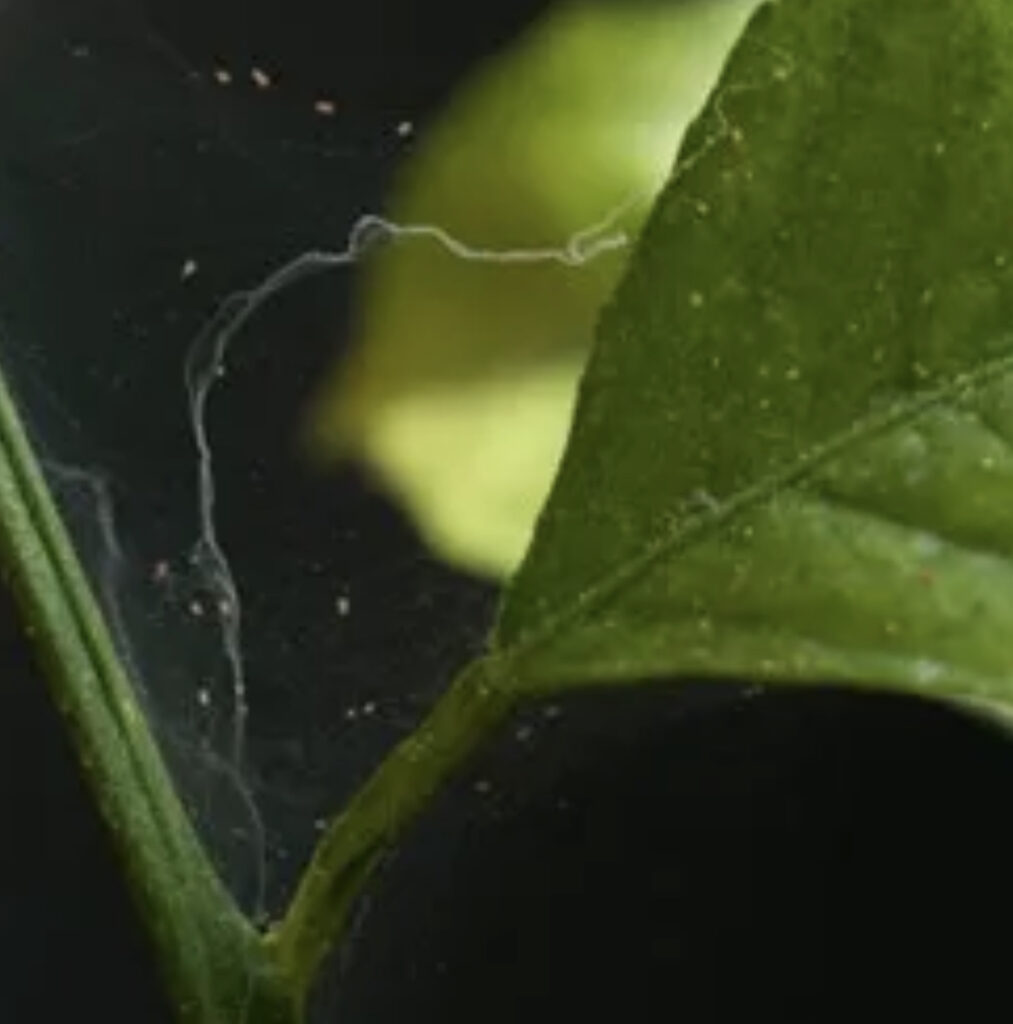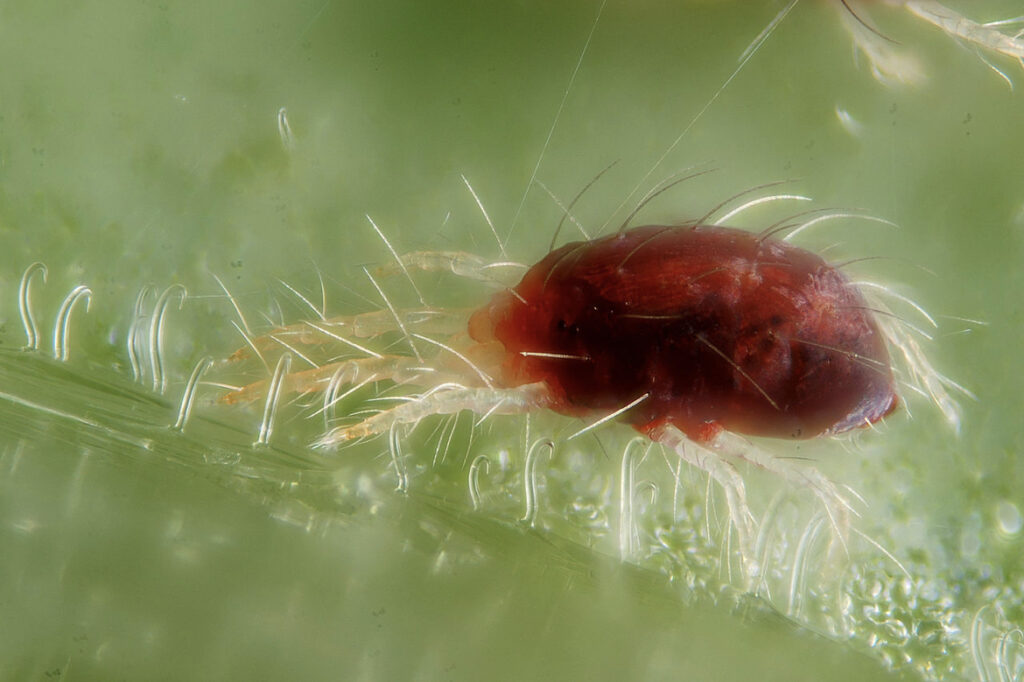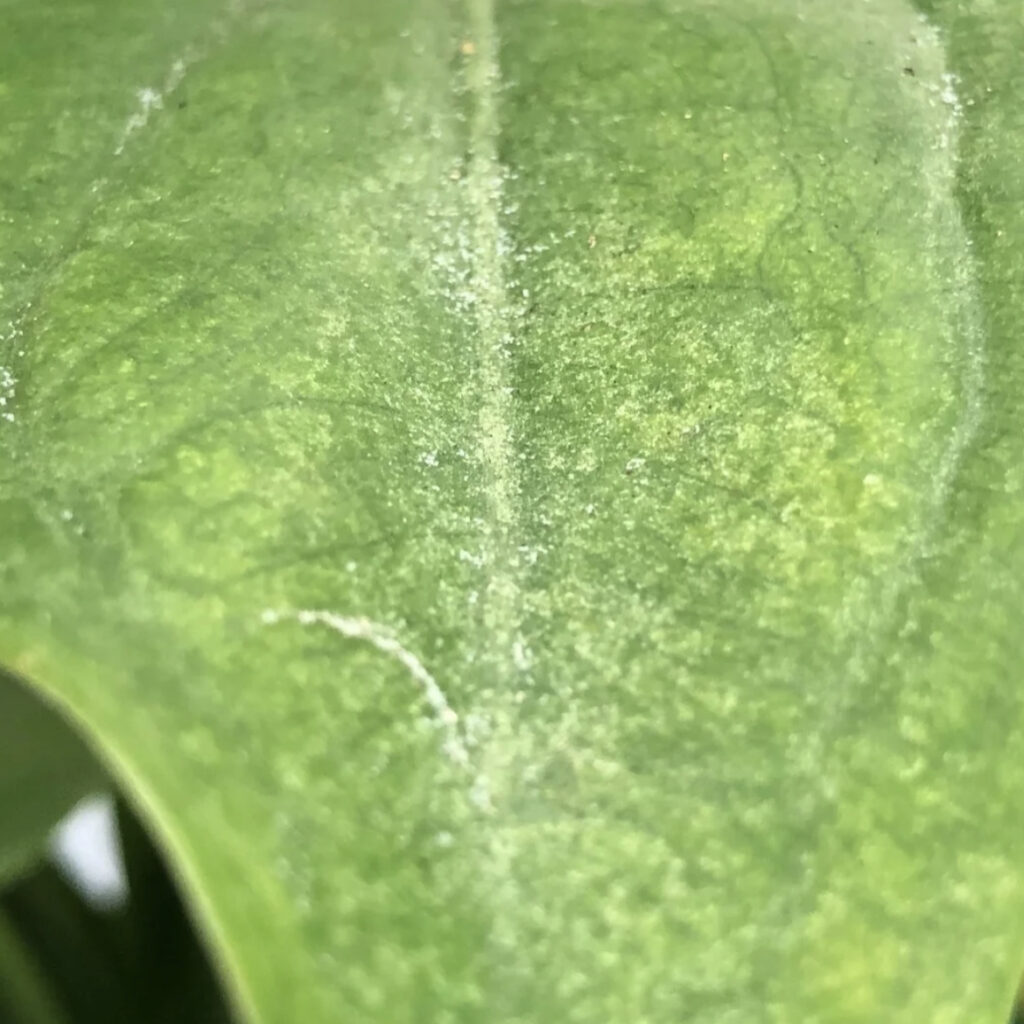Ah, Yes. The dreaded enemy of plant enthusiasts. Don’t worry, while these pests can be difficult to get rid of, it’s not impossible. Keep reading for how I’ve taken care of the little buggers.

What are they? Spider mites are in the arachnid family and are extremely tiny, less than 1/50th of an inch long. They spin fine webs on the undersides of leaves, as well as where the leaf meets the stem, and sometimes on the top of the soil. They’re so small that you’ll often see the webs before you ever see one of the mites. Grab a magnifying glass and check over the leaves regularly. They can range in color from red, brown, green, or yellow depending on the species (there are over 1,200).

What will they do to my plant? Spider mite damage will initially appear as small yellowish spots, often pinsized. Leaves can have a “silvery” appearance before becoming yellow and dropping. In heavy infestations, the plant can stop growing altogether. The mites pierce the leaf and suck out the chlorophyll, hence the stippling on affected leaves.

How do I get rid of them? First, isolate the plant away from your others. The easiest way to get rid of these little buggers is to toss the culprit and hope they didn’t spread to its neighbors. If the infestation is really bad, this will be your safest bet. Next is to completely repot, ideally outside, and then to hose off the tops and bottoms of the leaves. If this isn’t possible, a detailed wash down in your shower, paying special attention to the undersides of the leaves will do. Eradicating spider mites requires diligence and dedication.
- Insecticidal soap. After removing as many mites as possible with water, spray the tops and bottoms of the leaves with the soap, thoroughly soaking the plant. I use Captain Jack’s Insecticidal Soap, they have ready made sprays as well as mix-yourself concentrates. This is a pretty safe product. I’ll use it everyday until I see no more webs, but always test on a couple leaves to make sure your plant isn’t too sensitive. Don’t use in direct sun or leaves will burn. Spray the leaves, wipe them down, then spray again.
- A mixture of rubbing alcohol and water (1 cup alcohol to 30oz water) in a spray bottle. Spray both sides of all the leaves and then wipe them. Add a couple drops of dish soap to the mix and spray this on your plants twice a week.
- Neem oil can also be used, but it can burn more sensitive plants, especially if not diluted properly. Don’t use more often than recommended on the bottle!
- Systemic pesticide, such as Arber Bio Insecticide or AzaMax, is added to your watering regimen making the plant toxic for bad buggies. Arber can also be used as a foliar spray!
- Whatever you do, DO NOT use Bonide systemic granules for spider mites!!! Bonide contains a compound that INCREASES their fertility and makes them harder to eradicate. Personally, I won’t use it because I don’t want to risk my whole collection.
Finding spider mites on your plant can be quite discouraging but the right tools will help you get everything right again.
Happy Plantkeeping!
